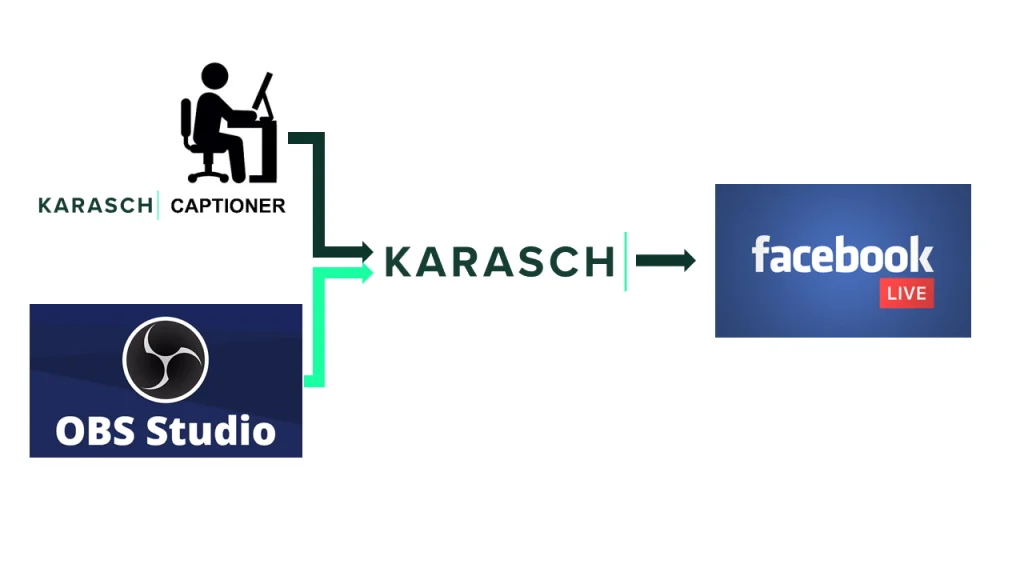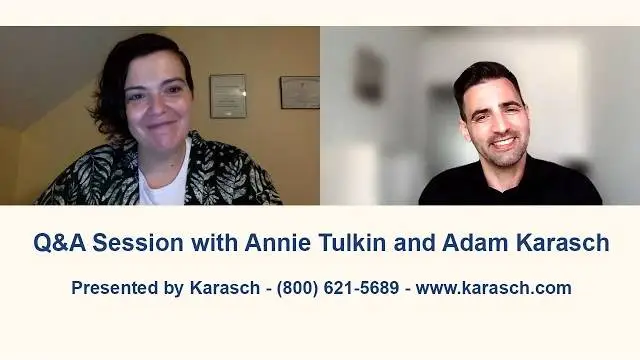Supporting Deaf and Hard of Hearing Students
Remote learning has been a challenging situation for many, especially those that are not used to it. This includes both instructors and students. When people who can hear struggle, imagine how much more difficult it is for Deaf and Hard of Hearing students. In this article, post, we will talk about a key source of this issue.
Table of Contents
Supporting Deaf and Hard of Hearing Students
Introduction
Remote learning has been a challenging situation for all involved parties, Deaf and Hard of Hearing students included. This generation of students has grown up with advanced technologies, so many students have adapted to using new methods of learning and attending classes. However, many online resources are not fully accessible or are not geared towards those with the inability to use their sense of hearing.
Exerpt from the Mighty
“’Yet another challenge is the free resources that are being given out to families by educational companies with good intentions — a majority of the resources online rely heavily on audio. I have gotten so many recommendations for online interactive learning materials. When I check them out, I find they have captions, which is a good thing, but captions aren’t effective when we are talking about young deaf children who are learning to read. They need American Sign Language (ASL) materials to help them bridge from ASL to English and learn how to read.’”
It is also beneficial for students who are still developing language to have access to both English and ASL (or any other signing system they may prefer).
Click here for more tips on how to accommodate your Deaf and Hard of Hearing students.
The National Deaf Center on Postsecondary Outcomes
Due to the COVID-19 pandemic, we are forced to adapt our personal lives, work environments, and modes of communication each day. It is vital that educators reach out to their Deaf and Hard of Hearing students to ensure all needs are being accommodated while working and learning remotely. The National Deaf Center on Postsecondary Outcomes (NDC) has shared helpful tips to make online meetings are accessible to ALL participants.
“Remember: One size won’t fit all. Deaf people are diverse and vary in their communication preferences. What worked for in-person meetings may not work online.”
Read more from the NDC on how to make your online meetings accessible to everyone involved.
Our Latest Resources
Request A
Call Back
Request A Call Back
Do you have additional questions?
Click here to meet your dedicated Client Relationship Manager.


